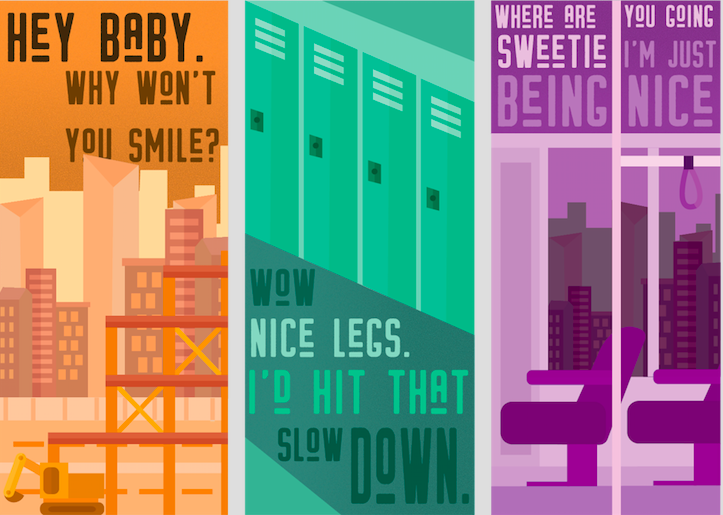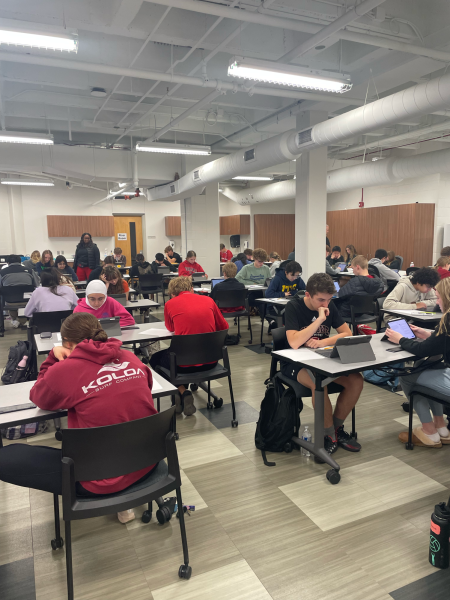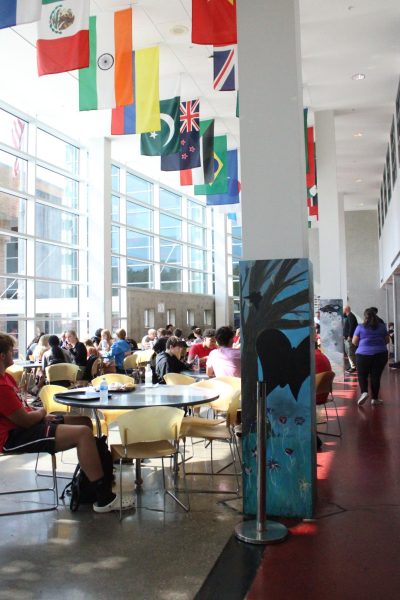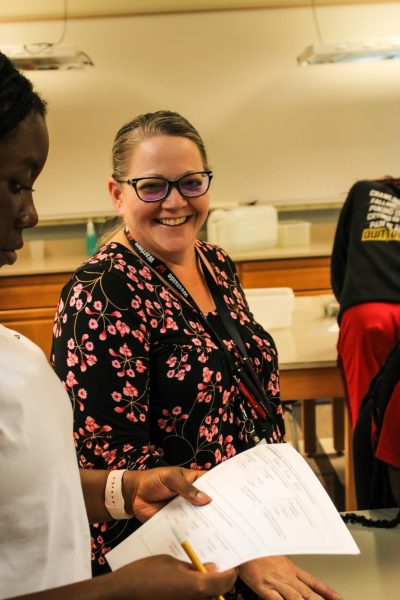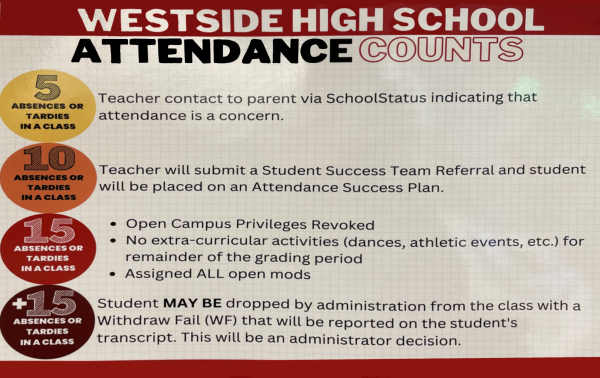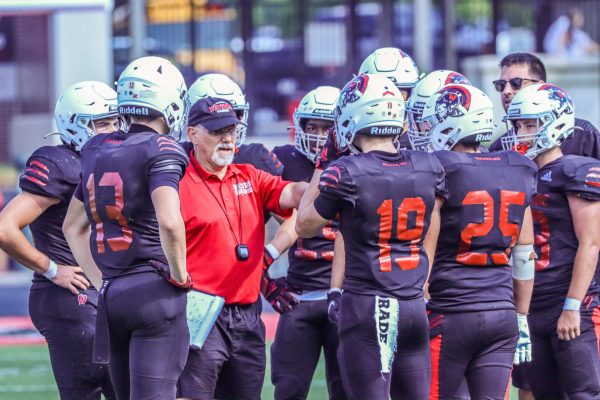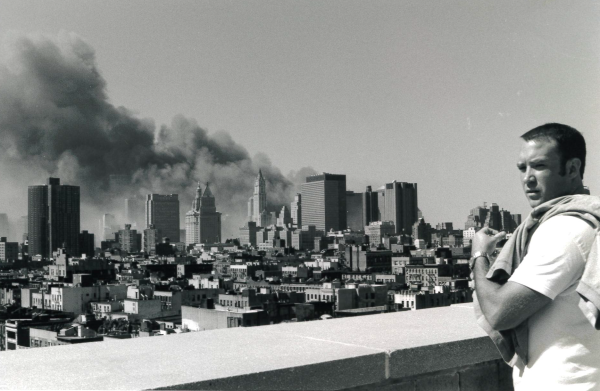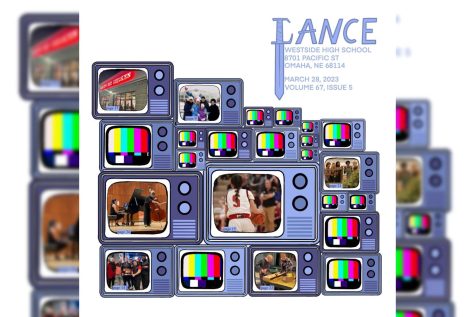The Relationship Between Dress Code and Sexual Harassment- Video
Graphic by Ramya Iyer
Video by Zoe Miller
Claire Benson, Wired Staff Writer
I view sexual misconduct as inappropriate talk or behavior that makes a person feel uncomfortable or violated. An example of sexual misconduct could involve making comments about someone’s outfit and how it looks on their body. Making comments about someone’s outfit and how it looks on their body; sounds eerily similar to an individual being dress coded.
Throughout my years at Westside middle and high school, I’ve seen many students get dress coded. The look on their face says it all. Being dress coded is awkward, embarrassing, and it feels as though you’re being shamed. Being sexually harassed, whether it’s verbally or physically, can invoke the same type of feelings. Wearing something to school that you feel confident in, and then being reprimanded for it, is not a pleasant feeling.
Dress codes can be perceived to have many different purposes. To protect from sexual harassment, to keep the school in a more professional environment, or to limit distractions are all common examples. At Westside, enforcing the dress code does not seem to succeed in any of these suggested purposes.
Sophomore Rebecca Hansen believes that cases where students are dress coded varies in motive.
“I think that [the dress code] could be [a form of sexual harassment] in some circumstances, I think it also depends on who’s dress coding you and what they say,” Hansen said. “I feel as though they use the dress code more as an excuse to try and protect people, so I don’t think dress coding someone is necessarily sexually harassing them.”
Teachers and administrators may try and protect students from sexual harassment targeted towards them by dress coding, but that should not be a necessary action. Fellow peers and students should be able to control themselves and their thoughts, and as well as refrain from making unnecessary, vile comments.
Dean Lois Rasgorshek took a different approach when asked about what the intended purpose of the dress code is.
“The dress code is helping students to get ready for the world of work, because in a professional world, you have to dress certain ways. I think [the dress code] is just part of the world in which we live,” said Rasgorshek. “The dress code in intended to create an environment where everybody is appropriately covered at school. To me, it’s more of a safety and respect thing.”
Clothing is a form of self expression; what we wear shows how we feel or who we are. Clothing is not an invitation for an individual to harass based upon what someone is wearing. Whether an outfit is modest or revealing, it seems as though no one is immune to catcalling and harassment that occurs globally.
Junior Ethan Goldner feels that there is never a situation where harassment is tolerable.
“I don’t think anything justifies catcalling and other kinds of sexual harassment. I think that by someone wearing [revealing clothing], that’s just what they choose to wear, and it’s really only their business,” Goldner said. “You should only comment if there’s a positive thing to say; saying negative things to them to make them feel bad or to show off for your friends is not acceptable.”
Senior Miriam Marcus shares similar thoughts to Goldner, and also believes that clothing can be empowering.
“I don’t think [people wearing revealing outfits] is a gateway to sexual harassment, I think that’s only the perpetrators fault, no one else’s,” Marcus said. “I think the empowerment comes from the choice of wearing what you want. If someone wants to wear revealing clothes, then that’s empowering.”
It seems as though women have always been harshly judged based upon what they wear. That idea is still prevalent today, specifically in dress codes, but also found throughout different subject areas. We’re in the year 2018, yet women still get harassed for wearing an outfit they feel confident in. Our society is far more advanced than what it has been in the past, but seems to be taking one step forward and two steps backwards in topics such as sexual misconduct. Improvements have been made, but there is still much to accomplish.
Your donation will support the student journalists of Omaha Westside High School. Your contribution will allow us to purchase equipment and cover our annual website hosting costs.


